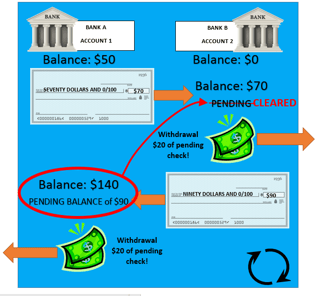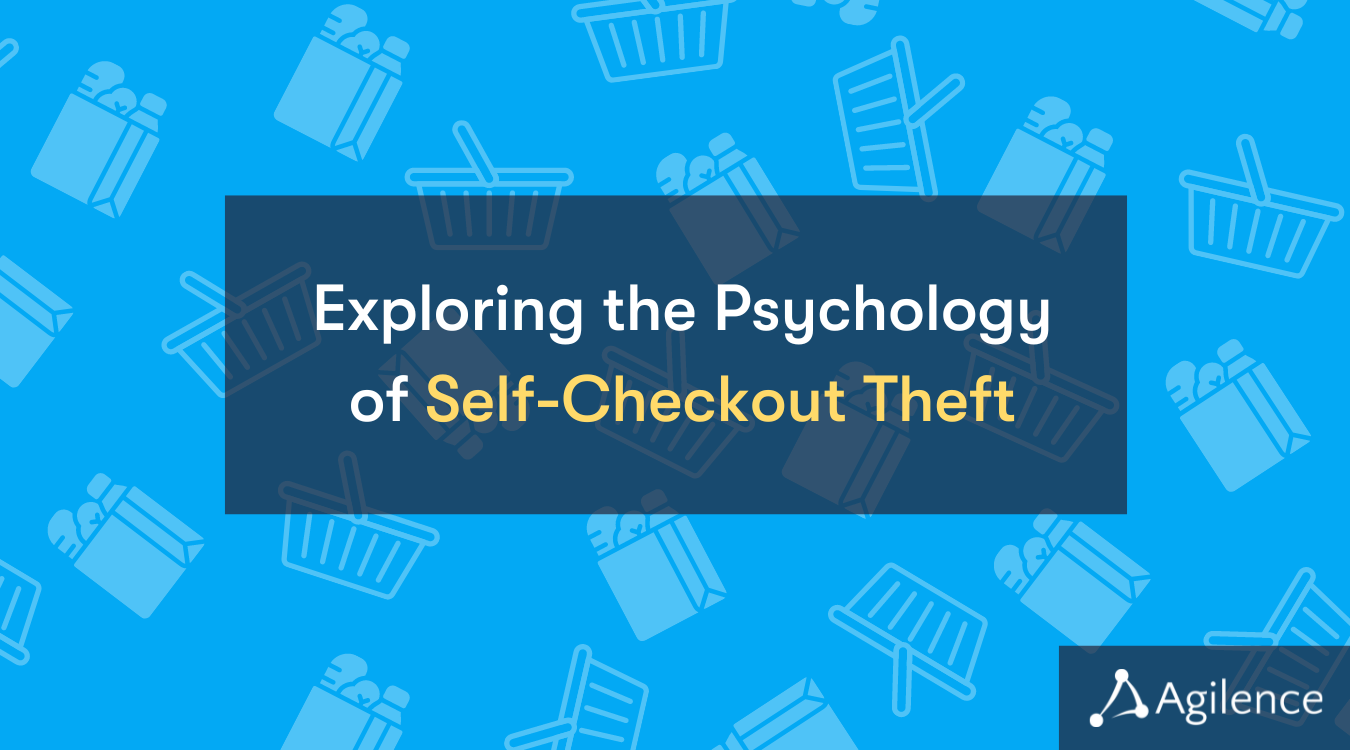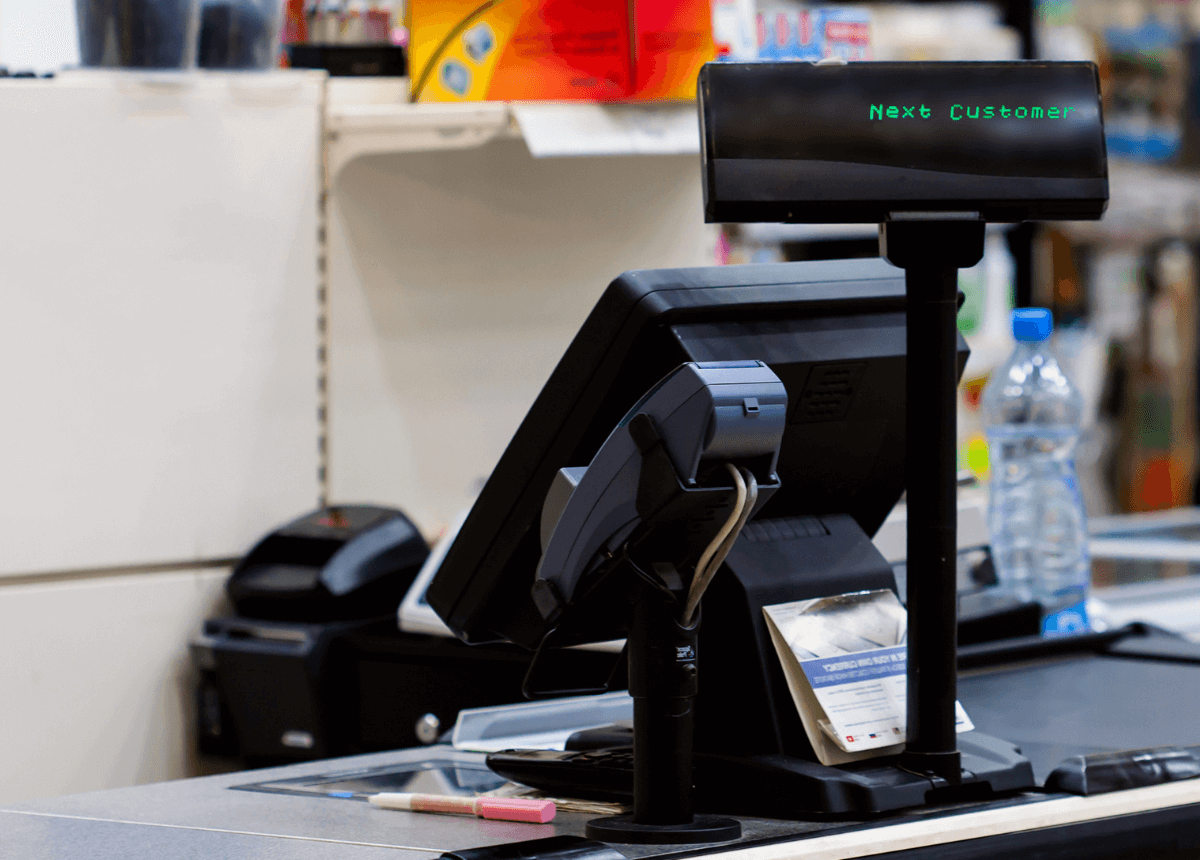Retail

Related Articles
Subscribe to our blog
Receive free educational resources like exclusive reports, webinars, and industry thought leadership articles straight to your inbox.


Understanding the ROI of the Agilence Platform
An in-depth return on investment (ROI) analysis for Agilence customers by Drive Research.
Agilence AI: From Data To Smart Detection
Agilence Senior Director of Product Management Keneavy Krenzin demonstrates how our AI tools detect high-risk transactions, streamline fraud investigations, and enhance data exploration with natural language queries for smarter decision-making.
Return Fraud Guide
In this comprehensive guide. we explore essential topics such as the definitions and impact of return fraud. the common types of fraudulent returns. and the connection between organized retail crime and return fraud. You will also find practical steps to prevent return fraud and insights into how modern technology can be used to fight back.
 Pedro Ramos
Pedro Ramos

Lately, we’ve been writing about retailers and restaurateurs contending with activities impacting profits such as losses from employee fraud and theft, inefficient operations, and noncompliance with corporate policies. However, on June 23rd, 2016 a major fraud scandal hit close to home in nearby Mount Holly, New Jersey, just 15 minutes from our headquarters. This reinforced our thoughts about the universal application of our 20/20 Data AnalyticsTM platform.
The scandal that broke through, after a 2-year investigation, involved an organized sophisticated retail crime technique called ‘Check Kiting’.
Check kiting requires an individual to have an open account at two separate banks or to have one bank account and a 2nd place, such as a grocery store, where they can cash checks. Within the first account there can be a balance of any amount, for example let’s say $50 dollars, but within the second, there is nothing. This scammer will write a check from the first account and deposit it to the second account for an amount greater than their actual balance, in this example let’s say $70 dollars.
 Some banks offer a service that allows the depositor to withdraw a portion of a check prior to the check clearing, so the fraudulent check writer may deposit this bad check and walk away with $20 dollars in cash. To keep the kite in the air, the check writer must continue to write checks in escalating amounts from one account to the other account.
Some banks offer a service that allows the depositor to withdraw a portion of a check prior to the check clearing, so the fraudulent check writer may deposit this bad check and walk away with $20 dollars in cash. To keep the kite in the air, the check writer must continue to write checks in escalating amounts from one account to the other account.
For example, the writer will then write a check from the second account to the first account for $90 dollars, again withdrawing $20 in cash. This will be applied as a credit to the first account prior to the check clearing, which, to the second account, appears as if the first account does indeed have sufficient funds thus clearing that first $70 check. Now the schemer has $40 in cash in their pocket.

By consistently writing larger and larger checks to get the previous checks to clear, the check writer can fraudulently obtain cash and walk away. This behavior of writing incrementally larger checks to ‘kite’ or cover the previous one is how check kiting got its name. However, the one downfall of this scheme is that it is contingent on the behavior of the check writer. If they don’t consistently write a check with a large enough amount, or stop writing them all together, the entire scheme falls apart.
In the Mount Holly case, 18 people were arrested for check kiting after a 2-year investigation. With 20/20 Data Analytics, this activity could have been identified early in the scheme. Agilence’s 20/20 Data Analytics system could alert the loss prevention team at the bank when the check velocity for a single issuer exceeds a certain number of checks in a week. Furthermore, management could run queries to identify checks written to an
d from the same person, or run reports to compile all accounts with a low balance and high check deposit count. 20/20 identifies check kiting tactics and gives users the information necessary to stop the fraud quickly, saving investigators, banks and/or retailers both time and money.
Whether in retail, food and beverage, pharmacy, banking, or hospitality, there is no limit to the areas of a business’ operations that 20/20 can impact.
Don’t let check kiting fly, learn how 20/20 Data Analytics from Agilence can help.


Receive free educational resources like exclusive reports, webinars, and industry thought leadership articles straight to your inbox.